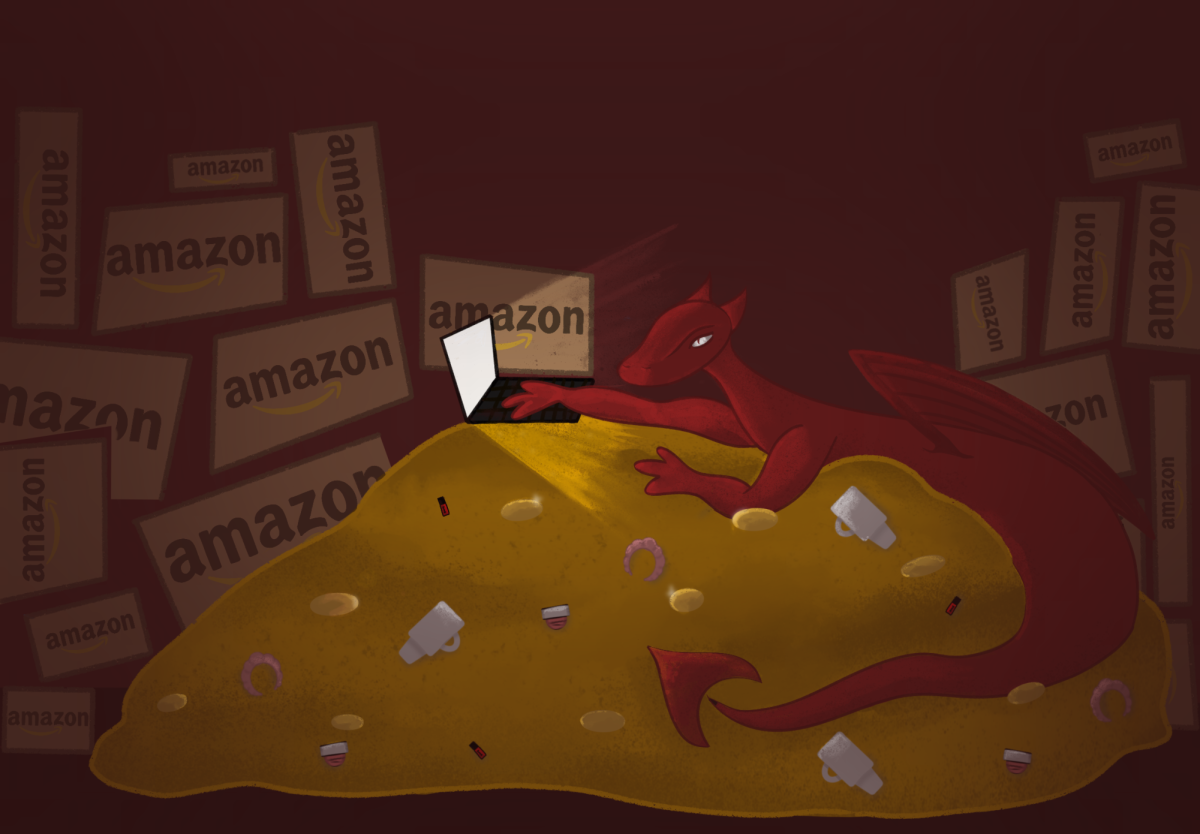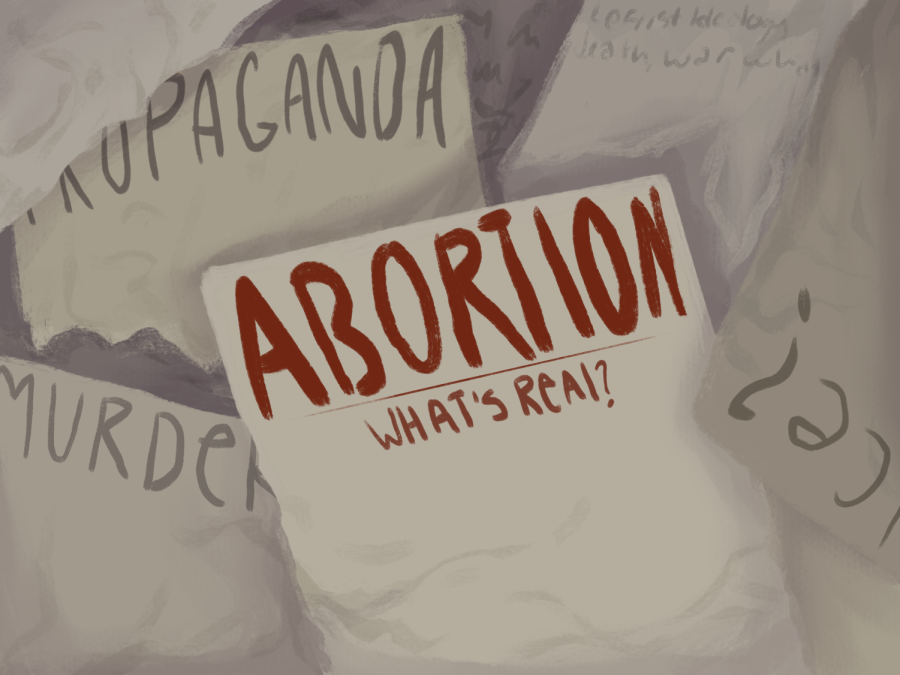Bang. Bang. You’re dead. Blood pours from the wound. As you lie there you have time to reminisce about the people you killed, the places you burned, the violence you inflicted. Then everything goes black. And you start the game over again. Ready and raging for that next round of mayhem.
Video games have been around for years, but they’re changing in popularity, they’re changing in means of playing, and they’re changing most drastically in content.
Take Postal 2 for an example. A man wanders around killing and mutilating everyone, leaving a bloody trail of massacre and mayhem behind him. This character can also bludgeon people to death while they beg for mercy, set them on fire and then, the final indignity, urinate on them. Or what about Doom, made infamous for being the game of choice of the Columbine shooters, and called a “mass-murder simulator” by critics?
A case trying to determine whether or not a law should be upheld that would prevent violent video games being sold to minors was presented to a California judge. The judge struck it down, despite being “admittedly disturbed” by the violent content of some games, and concluded that there should be no law forbidding their sale to minors because they fell under free-speech protections.
This same case was later presented to the U.S. Supreme Court while the rest of the nation was caught up in the election frenzy. Lower courts have repeatedly struck down the plea for a law regulating the sale of violent video games, like the ones mentioned above, to minors. Every time.
If the argument in favor of restrictions has been struck down each time before why exactly did it reach the Supreme Court? Because it is “a new, modern threat to children” that has almost no legal precedent and that directly relates to the issues involved.
Several issues are involved in this specific case.
First, whether or not our First Amendment right to free speech protects violent video games when they are sold to minors. If so, must their content be judged by the “strict scrutiny standard” required to protect free speech? And, finally, must there be a direct, proven link connecting the violence in the game to physical and psychological harm to minors, before violent games could be banned?
The defense for this case, fighting against the California law, says that the First Amendment does protect this kind of speech.
The plaintiff (the State of California, as represented by none other than The Terminator aka former Governor Schwarzenegger) addresses several issues.
The first being: does the First Amendment really protect extreme violence, as in Postal 2 mentioned above, when sold to minors? Sexually explicit content has been banned from sale to minors, so why is extreme violence acceptable? Anyone recall the “no redeeming social value” standard of the obscenity rulings? They also address the issue that these games can and do inflict harmful change upon children who play them. Because of their effectiveness in teaching the skills of war, certain video games, like Full Spectrum Warrior, are even used by the U.S. Army and the Marines to help train soldiers. And it works.
Sexually explicit material is not allowed to be seen by, or sold to, minors, yet violence, to the point where it causes psychological harm, has been tolerated. Apparently, sex is bad but violence is perfectly acceptable in our culture. In fact, this very statement was used in arguments before the Supreme Court by the defense in this case as a reason not to regulate the sale of violent games.
The defense (a video game distributor) would have the court rule that the First Amendment, based upon the idea that the games are self-expression, protects the violence in some video games. But, is it really just “expression” when it causes harm to the children who interact with it, when it causes judges to be “admittedly disturbed” by what they see, when it promotes the idea that extreme violence is perfectly acceptable in our society today?
I say no. There should be an age limit on unnecessarily extreme and disturbing images in games being sold to young children.
A ban on extreme and graphic sexual content has been present for many years. Why not on extreme and graphic violence? As a community, do we really want our young children to be able to decapitate a random person then bounce the freshly severed head from wall to wall, as they can in Postal 2, while sitting in the comfort of their room?
Do we really want to idea that violence is a normal part of American life taking root in their young minds? Putting an age limit on these sorts of games could prevent this generation from serious harm, or from causing serious harm.
On video games, movies, and even music, age-based ratings are proved by various groups, but currently they are just suggestions. It is not illegal for minors to see an R-rated movie or to buy a game rated M. It is up to the discretion of movie theaters, gaming stores and video stores to decide whether or not they allow it.
And, in case you’re worried, making a law regulating who may buy violent video games doesn’t mean a minor will never again play those games. It does mean that they cannot buy it for themselves, but it is up to a parent or guardian to decide whether or not it’s an acceptable purchase for their child.
It also shows that, as a country, we believe that our children should be protected from the extremely violent interactions inherent in these games until they have matured enough to handle them, just as we have decided to protect them from other graphic and extreme forms of “speech”.
It is now up to the Supreme Court to decide where we as a nation stand in this deeply complicated, emotional, culture war over violence in our entertainment media. And this case will likely be just the beginning of a new wave of decisions that we must make involving “new media” in all its complexity, thanks to the rapidly advancing world of technology.







